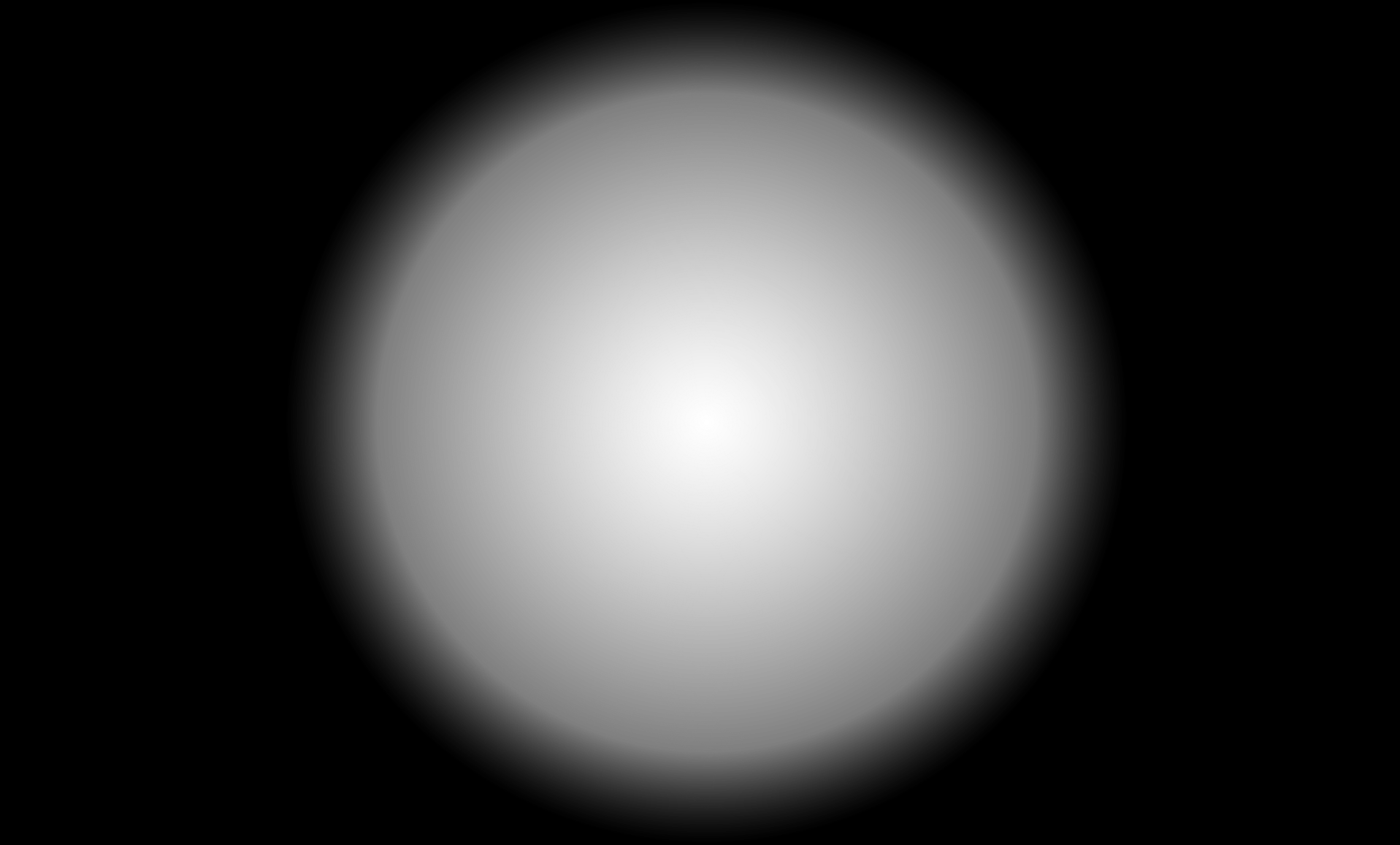The expectations from the AIBD / O'zbekiston MTRK In-Country Workshop on HDTV Lighting, held from 12 to 16 Oct 2015 in Tashkent, were very high. And it was indeed a challenge to live up to these expectations. My attempt was to satisfy the needs of the trainees through classroom lectures, case studies, studio activities and examples.

HDTV Lighting Workshop at O’zbekiston MTRK
The expectations from the AIBD / O'zbekiston MTRK In-Country Workshop on HDTV Lighting, held from 12 to 16 Oct 2015 in Tashkent, were very high. And it was indeed a challenge to live up to these expectations. My attempt was to satisfy the needs of the trainees through classroom lectures, case studies, studio activities and examples.
Regional workshop on Engineering Fundamentals
Asia-Pacific Institute for Broadcasting Development (AIBD) in collaboration with the Asia-Pacific Broadcasting Union (ABU), organised a five-day regional workshop on Engineering Fundamentals for Broadcasters in Kuala Lumpur, Malaysia from 30 November to 4 December 2015.
How to Make an Impact with Every Programme: 21st Century Media Theories and Skills
The AIBD in collaboration with the Research and Training Institute (RTI) of the State Administration of Press, Publication, Radio, Film & Television (SAPPRFT), China organised this regional Workshop on How to Make an Impact with Every Programme: 21st Century Media Theories and Skills. The two weeks workshop started on 3rd December and will end on 14th December 2015 and is being held at the RTI campus in Beijing.

Mr Brandon Harry Oelofse from Radio Netherlands Training Center (RNTC) is conducting the workshop.
Sub-Regional workshop on Digital Radio Transmission
The Sub-Regional workshop on Digital Radio Transmission organised by AIBD in collaboration with Prasar Bharati and National Academy of Broadcasting and Multimedia (NABM) was held in New Delhi, India from 12 to 16 October 2015. The workshop was designed specifically for engineers and technicians involved in the operation and maintenance of Radio Broadcasting Stations.
In-Country workshop on HDTV Production
Asia-Pacific Institute for Broadcasting Development (AIBD) in collaboration with Korean Broadcasting System (KBS) and Radio Television Malaysia (RTM) organised a five day in-country workshop on HDTV Production for RTM technical and production staff. The participants were from the Production, Camera and Lighting department. The workshop was held from 5 to 9 October 2015 in Kuala Lumpur, Malaysia.
Successful Radio and Social Media Training held in Nepal
The Association of Community Radio Broadcasters of Nepal (ACORAB), in collaboration with the Asia-Pacific Institute for Broadcasting Development (AIBD), organised a training course on Radio and Social Media in Kathmandu, Nepal from 23 – 27 November 2015.
Documentary workshop in Fiji
Moving from Radio to TV the Fiji Broadcasting Corporation is already toying with some innovative ideas born out of Radio programmes. A good mix of creative youngsters and experienced Radio professionals does bring in an interesting mixture of programmes.
AIBD Radio Awards Winners (2003 – 2015)
2011 AIBD 2011 Award for Best Radio Website Developed by by Yu
AIBD/HBF Regional Workshop on Creating Content for Children on the Web
The Regional Workshop on Creating Content for Children on the Web was organised by AIBD with support from Hoso Bunka Foundation (HBF) from 19-23 October in Kuala Lumpur, Malaysia. The workshop brought 7 participants, including producers involved in content production, from broadcast organizations in Laos, Malaysia, Myanmar, Nepal, Pakistan and Sri Lanka. This workshop aims to train producers on the necessary skills for developing children’s content that can be broadcast through both traditional and online mediums.
AIBD / ABU Workshop on OTT & IBB Technologies for Broadcasters
The regional workshop on ‘OTT and IBB Technologies for broadcasters’








